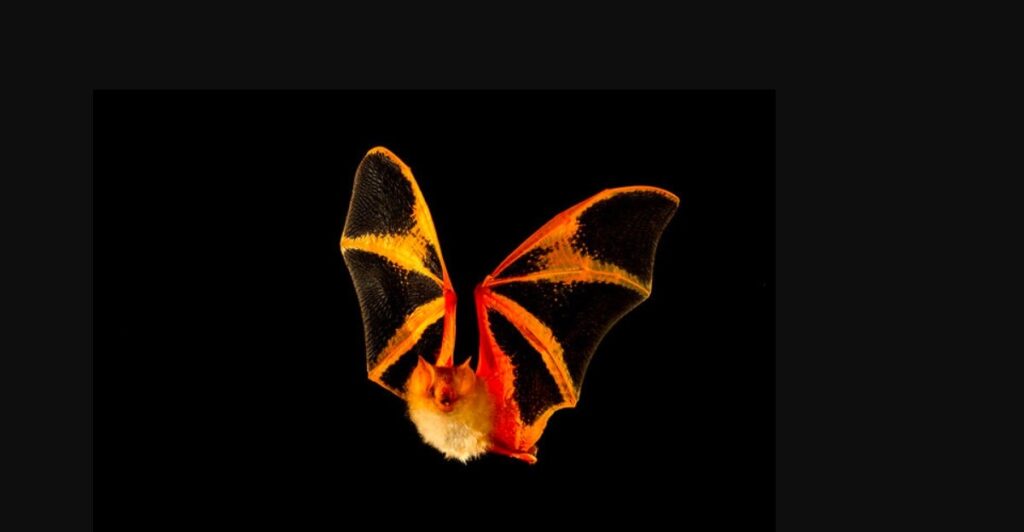
The painted woolly bat, a vibrant and rare species native to Southeast Asia, faces a dire future due to a growing demand for taxidermy and ornamental trade. These bats are sought after for their stunning appearance, leading to unsustainable harvesting that threatens their survival. Here, we explore the crisis, the role of consumer countries like the United States, and what can be done to protect these bats before it’s too late.
A Small Bat with Big Problems
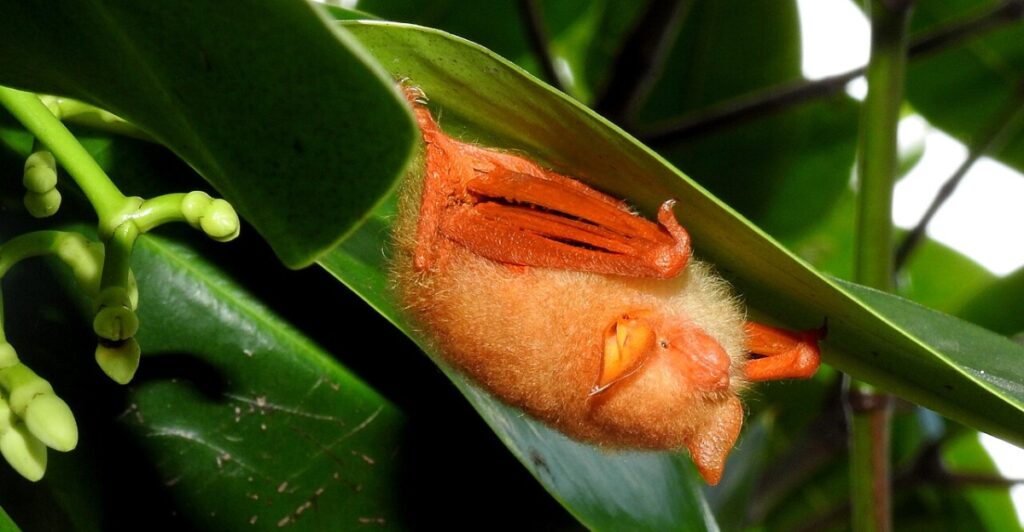
Kerivoula picta, the painted woolly bat, weighs just five grams but packs a visual punch. With bright orange fur and black-veined wings, it stands out among its fellow bats. However, this uniqueness has made it a target. Found across South and Southeast Asia, it thrives in tropical forests and banana plantations, often roosting in dried leaves. This species lives alone or in pairs, which already makes it rare in the wild. Now, the increasing demand for taxidermied specimens is driving their populations to dangerously low levels.
Unique Appearance Drives Demand
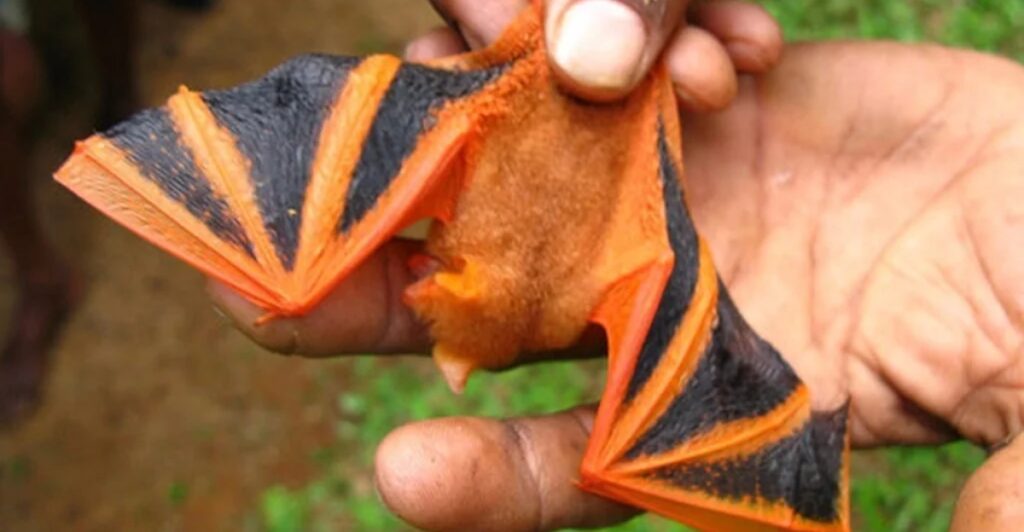
Painted woolly bats are being harvested to satisfy a growing demand for macabre home décor. Products like framed bats, preserved specimens in jars, and even bat necklaces are widely available online. Over just three months, researchers documented 856 listings for taxidermied bats on platforms like eBay and Etsy. Of these, 62% were sold by U.S.-based vendors. While these bats’ vibrant looks make them marketable, the trade ignores their ecological significance. For every bat sold, a wild population loses a crucial member—these ornamental items come at a devastating cost to nature.
Solitary and Vulnerable
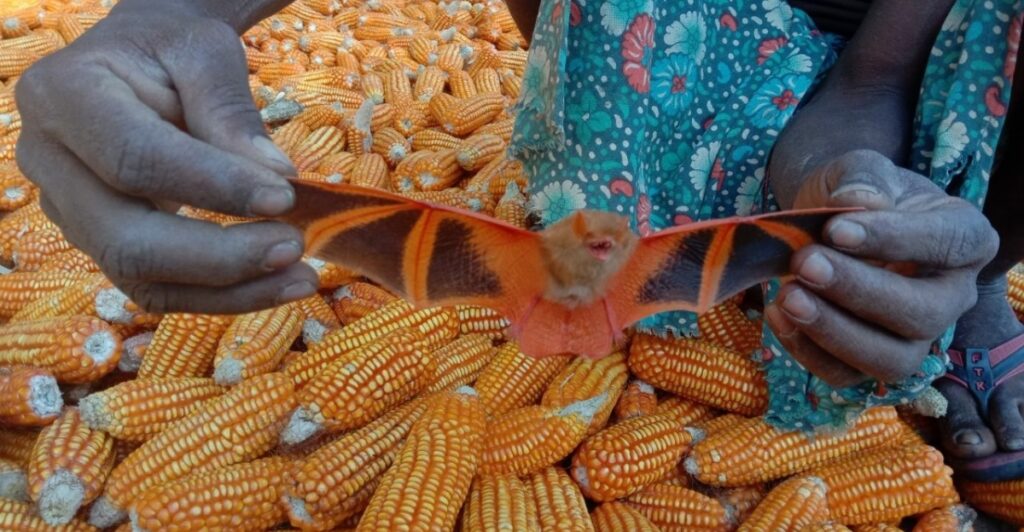
Unlike cave-dwelling bats that gather in colonies, painted woolly bats live in isolation or pairs. Their roosts are often tucked into banana leaves just a few feet off the ground, making them easy targets for hunters. This solitary behavior, coupled with their low population density, leaves them particularly exposed to overexploitation. Their slow reproductive cycle—females only give birth to one pup per year—makes it nearly impossible for populations to recover from sustained losses. These traits create a perfect storm for extinction if hunting continues unchecked.
United States as a Major Buyer
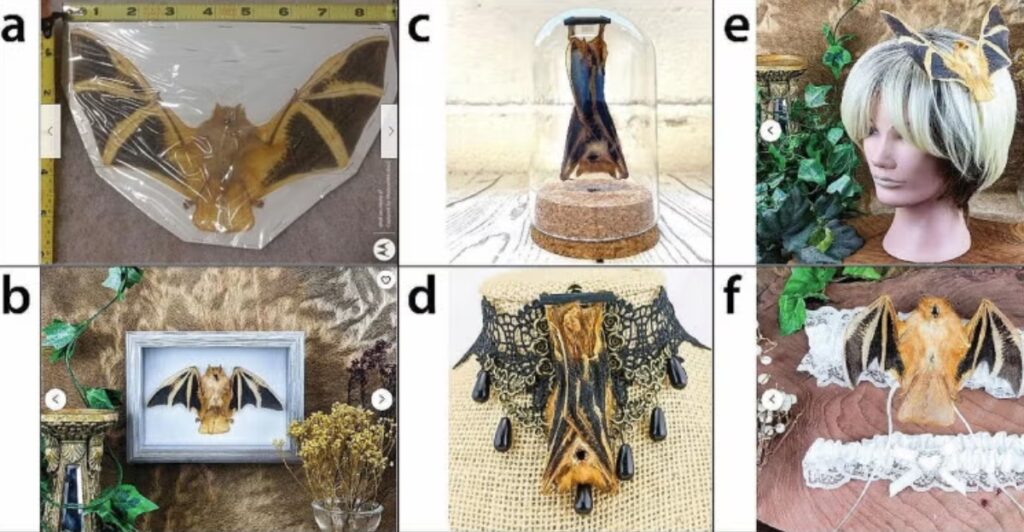
The United States has become a hub for painted woolly products, with a significant portion of global sales occurring through vendors based in the U.S. This demand exacerbates the problem, as poachers target bats in their natural habitats to supply international buyers. Conservation organizations like the Center for Biological Diversity have called on U.S. authorities to list the species under the Endangered Species Act (ESA). Such a designation would make it illegal to buy or sell these bats domestically, creating a crucial barrier to their exploitation on the American market.
An Overlooked Conservation Crisis
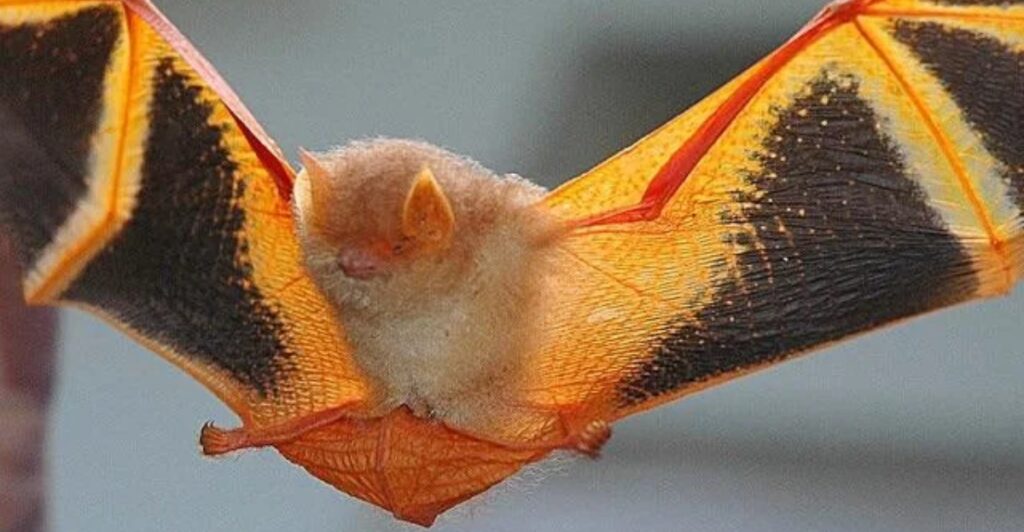
Even though they play a major role in their ecosystems, bats often fly under the radar in conservation discussions. Painted woolly bats are no exception to this. They help control insect populations, pollinate plants, and support nutrient cycles in the forests. Yet, over a third of bat species worldwide are threatened or poorly studied. In Southeast Asia, a staggering 23% of bat species could disappear by 2100 due to habitat destruction and hunting. The painted woolly bat serves as a vivid example of how neglecting smaller species can have a massive impact.
Captive Breeding Isn’t the Answer
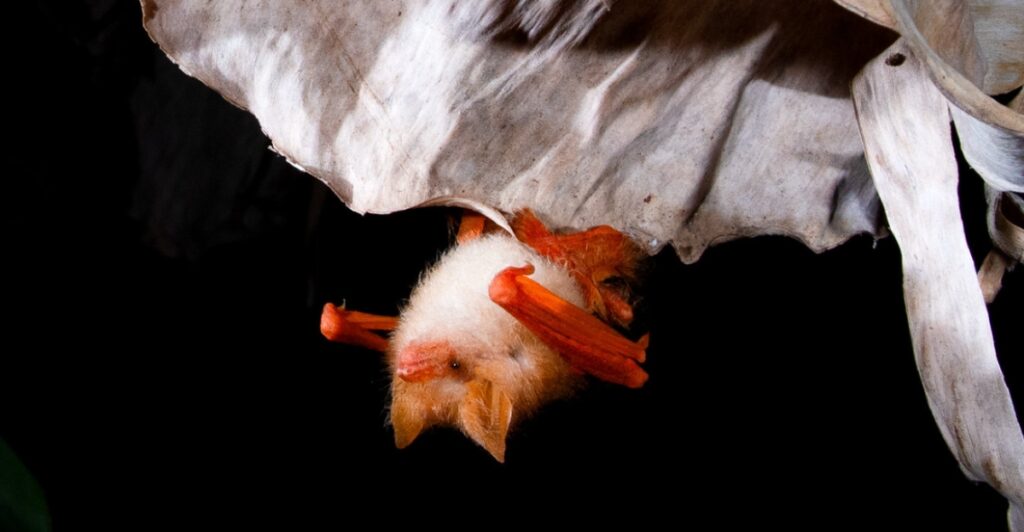
Captive breeding is sometimes proposed as a solution for other endangered species, but it’s unlikely to work for painted woolly bats. Insectivorous bats, like this species, are notoriously difficult to breed outside the wild due to their specific diet and roosting needs. As a result, every taxidermied bat found online was almost certainly poached from its natural habitat. This reliance on wild populations intensifies the pressure on these already vulnerable bats, making their continued existence even more precarious.
Weak Legal Protections
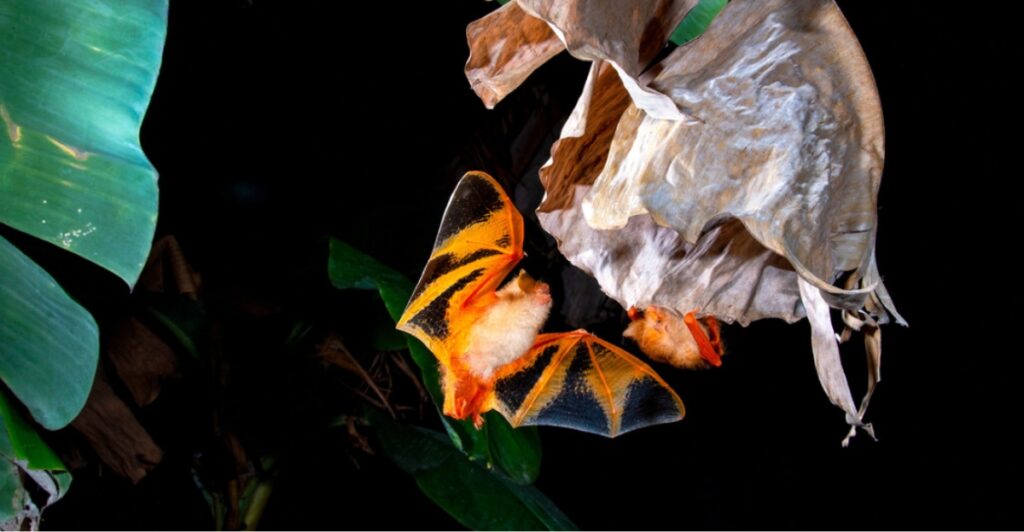
Although some Asian countries protect painted woolly bats under national laws, enforcement is patchy, and international trade remains largely unregulated. These bats are not listed under the Convention on International Trade in Endangered Species (CITES), which governs wildlife trade across borders. Without this protection, there are few barriers preventing hunters from targeting these bats and exporters from selling them abroad. Strengthening both local and international protections is critical to curbing this destructive trade.
A Small Step Forward
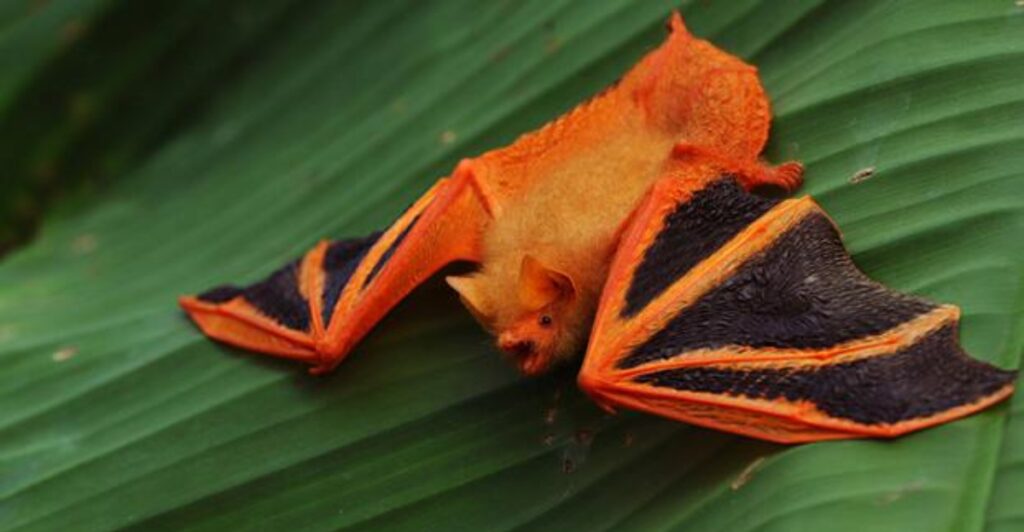
In July 2024, Etsy officially banned the sale of bats on its platform, a move applauded by conservationists. However, enforcement of this policy has proven inconsistent. Listings for taxidermied bats, including painted woolly bats, remain live on the site. Consumers can report these listings, but the responsibility largely falls on individuals to ensure the rules are followed. While the ban is a positive step, it highlights the need for more robust action from both companies and governments to halt the trade entirely.
Why These Bats Matter
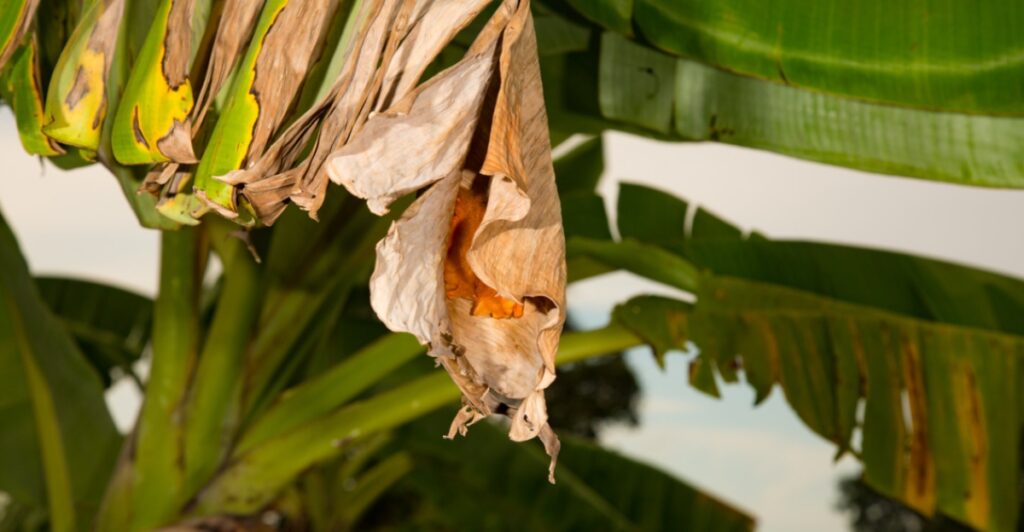
Painted woolly bats may be small, but their ecological contributions are significant. As insectivores, they help control pest populations, reducing the need for chemical pesticides in agriculture. They also contribute to forest health by spreading seeds and pollinating plants. Their loss would create ripple effects, disrupting ecosystems and even harming human livelihoods. Protecting these bats isn’t just about preserving biodiversity; it’s about maintaining the natural systems that support life on Earth.
The Role of International Trade
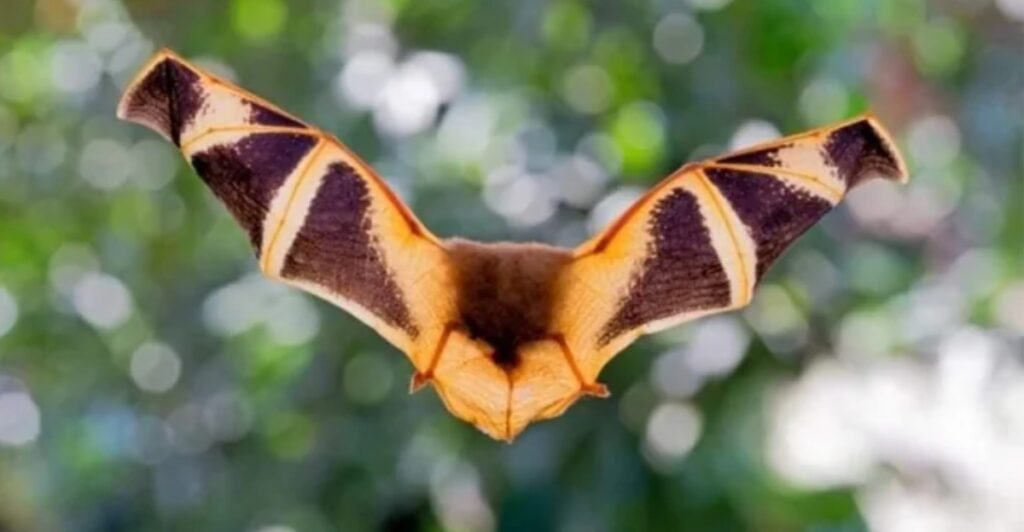
The lack of international regulation allows the trade in painted woolly bats—and other species—to thrive unchecked. Without inclusion in CITES, there are no mechanisms to monitor or control their export. This gap in oversight enables poachers to hunt these bats freely and sell them across borders, fueling the global markets. Conservationists strongly advocate for the species to be added to CITES in order to create vital safeguards against overexploitation.
The Need for Consumer Awareness
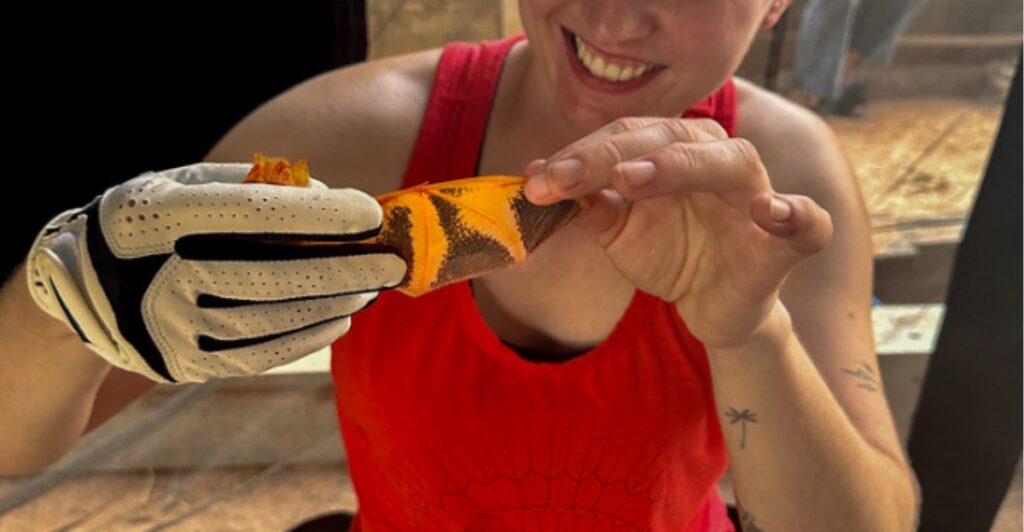
Consumer demand is what ultimately drives the trade in bats. Thus, awareness is a key factor in stopping it. Many buyers may not actually realize the environmental harm caused by purchasing taxidermied bats. Public campaigns can educate consumers about the consequences of their choices, helping reduce overall demand. Every informed decision not to buy these products is a step toward protecting the painted woolly bat and other vulnerable species.
Efforts to Save the Species
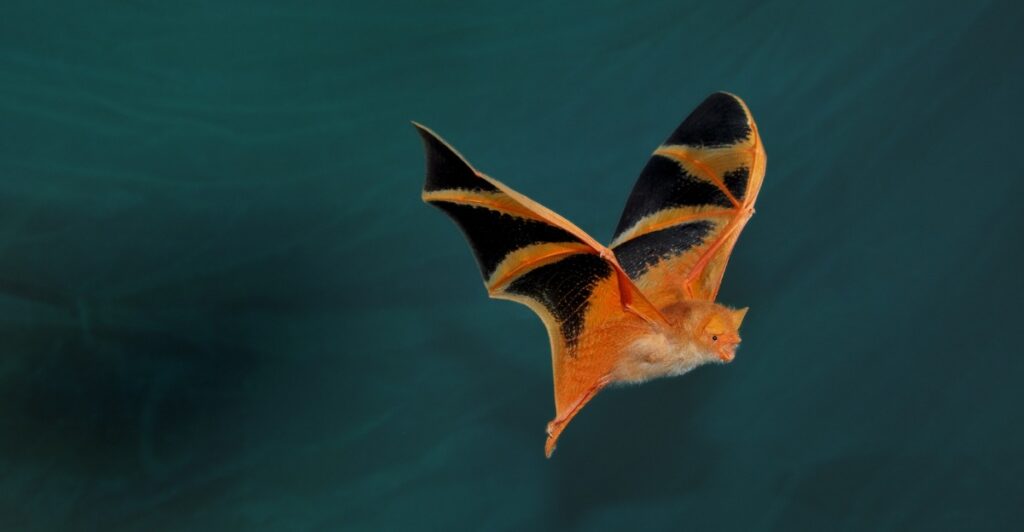
Conservation groups are pushing for stronger protections for painted woolly bats. The Center for Biological Diversity has petitioned the U.S. Fish and Wildlife Service to list the species under the ESA. This would make buying or selling them in the United States illegal, reducing demand and giving the bats a chance to recover. Efforts are also underway to gather more data on their populations, which could inform future conservation strategies.
What You Can Do to Help
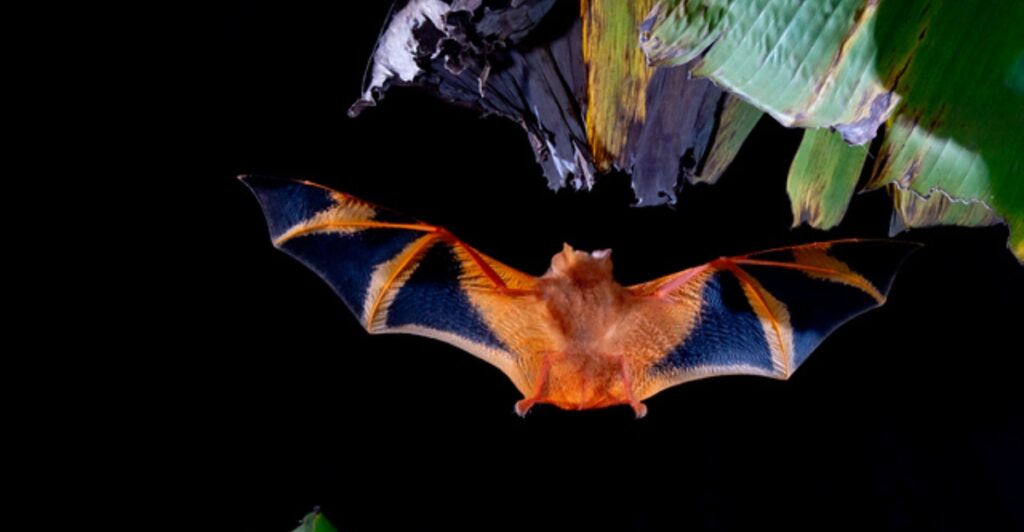
Protecting painted woolly bats can start with individual actions. Avoid purchasing bat products, whether online or in storms. Report illegal listings on platforms like Etsy and eBay and spread the word about the plight of these bats to friends, family, and social networks. Support organizations working to conserve bats and advocate for stronger wildlife protections. Every small action adds up, creating momentum to save this unique and vital species from extinction.
Resources:
- Newsweek: Americans Harming ‘Unique’ Species By Importing Weird Dead Bat Accessories
- The Revelator: Species Spotlight: Going to Bat for Painted Woolly Bats
- European Journal of Wildlife Research: Dying for décor: quantifying the online, ornamental trade in a distinctive bat species, Kerivoula picta
Stay connected with us for more stories like this! Follow us to get the latest updates or hit the Follow button at the top of this article, and let us know what you think by leaving your feedback below. We’d love to hear from you!







